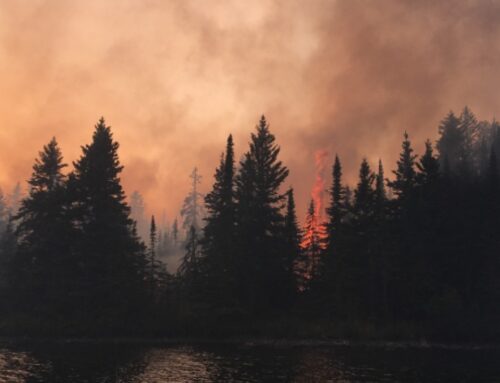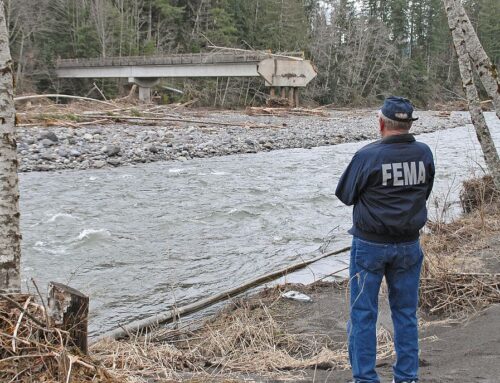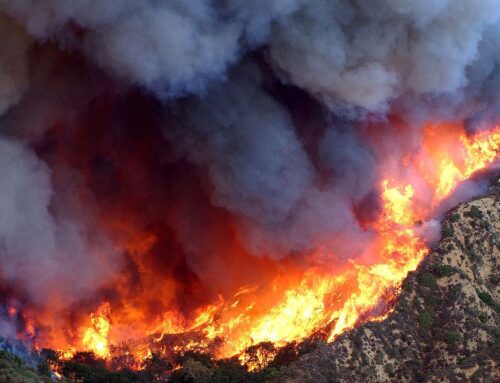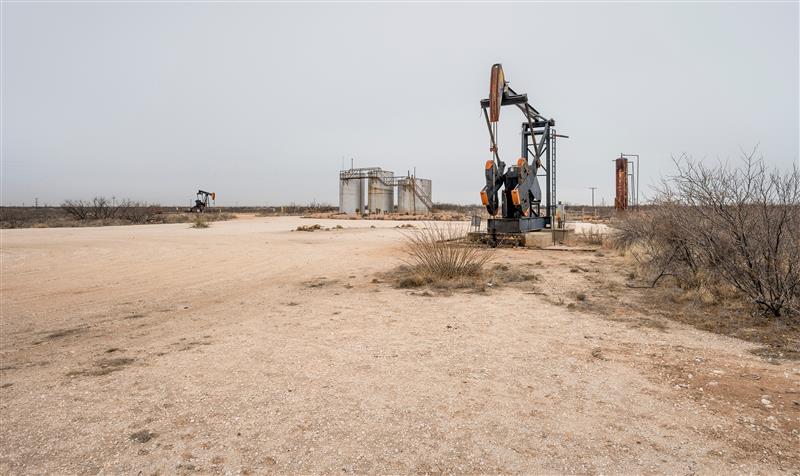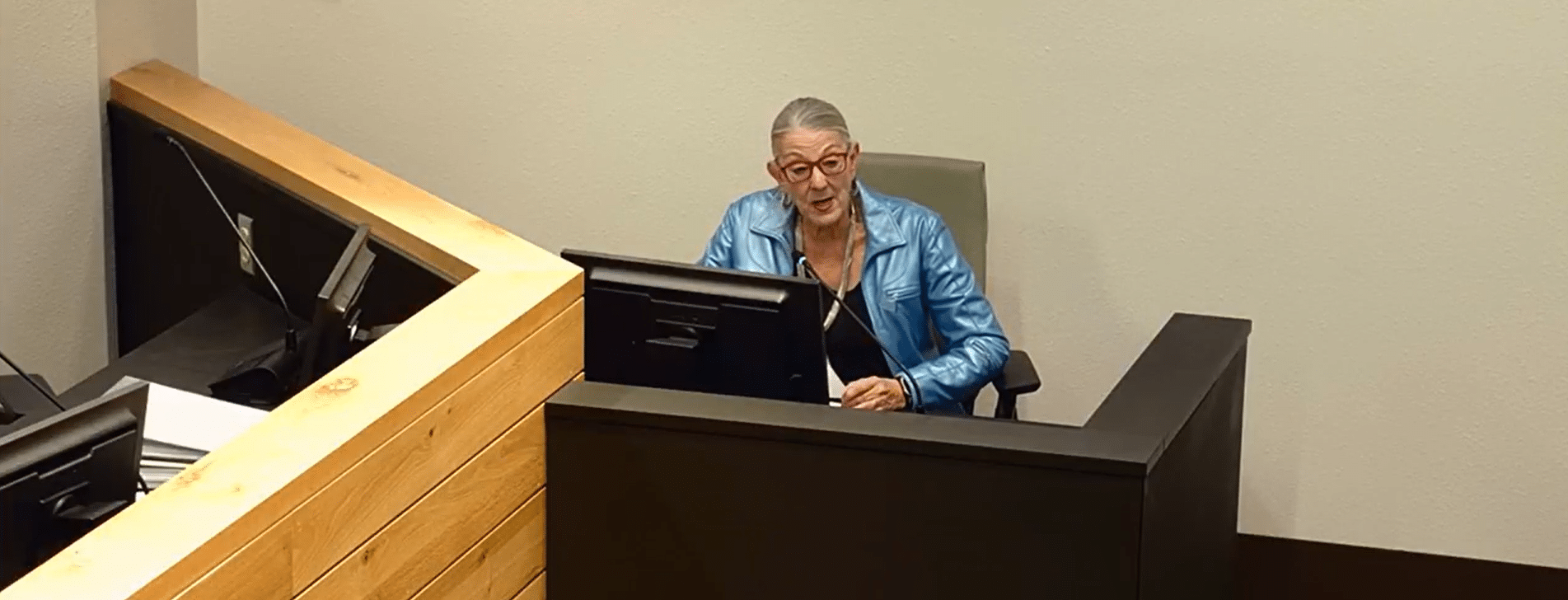On May 15, the House Committee on Natural Resources Oversight and Investigations Subcommittee held a hearing called “Fix Our Forests: How Improved Land Management Can Protect Communities in the Wildland-Urban Interface.” The hearing addressed the Fix Our Forests Act—which passed the House in January and has a companion bill currently moving through the Senate—as well as other issues relating to federal wildfire spending and policy. Much of the discussion aligned with previous TCS recommendations regarding federal wildfire spending. The panel of witnesses included: Neil Chapman, Wildland Fire Captain of the Flagstaff Fire Department; Dan Munsey, Fire Chief and Fire Warden of the San Bernardino County Fire Protection District; Matt Weiner, CEO of Megafire Action; and Roy Wright, President and CEO of the Insurance Institute for Business and Home Safety.
Mitigation Funding Matters
Funding for federal wildfire prevention programs was an important topic of the hearing. Witnesses and committee members alike spoke on the importance of investing in mitigation programs to save lives, protect property, and lessen the future costs of disasters. Flagstaff Wildland Fire Captain Neil Chapman, for example, highlighted how the “significant costs” resulting from wildfires can be prevented through only “a couple thousand dollars’ worth of subsidies” directed towards mitigation. Presponding to disasters—taking action before, not just after, disaster strikes—must be part of the federal disaster response plan. The National Institute of Building Sciences has previously found that every dollar spent by the federal government on wildfire mitigation grants generates $3 in benefits.
Committee members also sought to draw attention to the impact of the Trump administration’s spending cuts on federal wildfire programs. Representative Yassamin Ansari (D-AZ) noted that the Trump administration’s hiring freezes, program eliminations, and mass dismissals have included federal positions and programs pertaining to wildfires. Captain Chapman testified that the completion and sustentation of fuel management, prescribed fire, and training programs would become far more difficult if federal funding was eliminated and likely make his community more susceptible to wildfires.
Program Administration
Another important topic of discussion was the need to improve the administration of federal wildfire assistance. Witnesses advocated for reforming existing federal wildfire regulations to make it easier for communities and individuals to get the assistance they need. For example, Megafire Action CEO Matt Weiner noted that requiring a locality to have a Community Wildfire Prevention Plan in place in order to participate in the Community Wildfire Defense Grant Program creates an unnecessary obstacle for communities in need, including the city of Los Angeles. Removing this requirement, as proposed in the Fix Our Forests Act, would help make more communities eligible for the program.
San Bernardino County Fire Chief Dan Munsey also lamented the lack of a clear chain of command and an inconsistency of management styles within federal wildfire programs. With federal wildfire spending and management responsibilities spread across the federal government, improved internal and external coordination is crucial. As Captain Chapman testified, a high level of collaboration between local, state, and federal agencies is an absolute necessity. Wildfire responses must include
Program Accountability
Witnesses also underscored the need for greater accountability in federal wildfire spending. For example, Weiner pointed out that wildfire initiatives that span multiple jurisdictions currently have extremely limited visibility, and the overlapping responsibilities of federal wildfire programs make it impossible to measure individual program outcomes. TCS has repeatedly noted how the complexity of federal wildfire programs makes tracking outcomes difficult due to fragmented reporting and vague program goals. Several provisions in the Fix Our Forests Act could help improve data collection and reporting of federal wildfire program progress and outcomes.
Insurance
The difficulty of obtaining adequate insurance in communities with a high wildfire risk was also highlighted during the hearing. President and CEO of the Insurance Institute for Business and Home Safety Roy Wright argued that insurance premiums in communities with a high wildfire risk will not decrease unless the wildfire risk also decreases and that insurers need greater access to information about wildfire mitigation projects that have been completed in a particular area. Captain Chapman, on the other hand, noted how property owners still struggle with obtaining proper insurance even though their properties have received wildfire prevention treatments and are located near forests that have also been treated. Insurance premiums should accurately reflect wildfire risks to disincentivize high-risk developments. However, policies that offer premium discounts and other forms of assistance to encourage policyholders to engage in property and community-level risk mitigation activities can save lives, protect property, and reduce future wildfire-related damages and insurance payouts.

